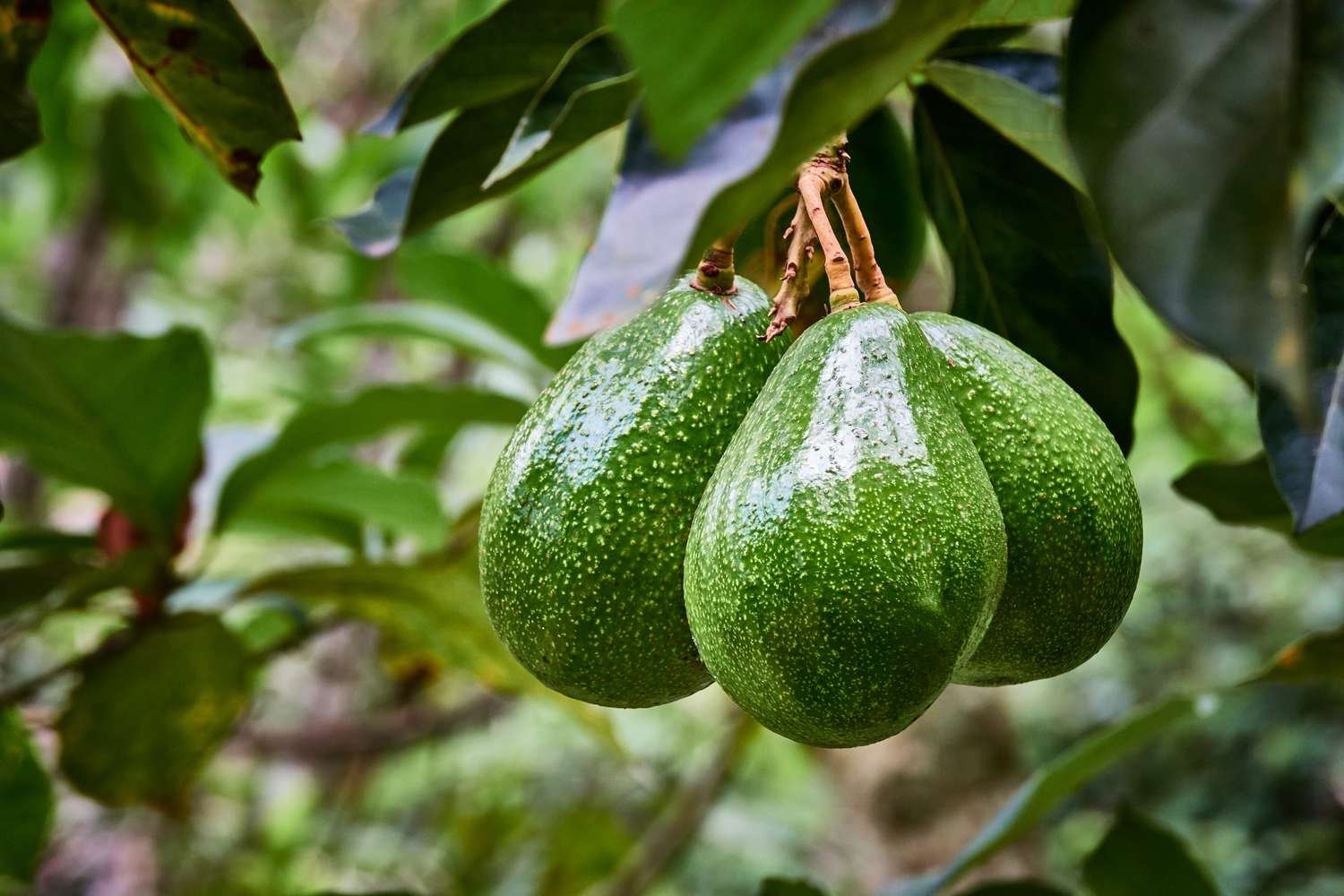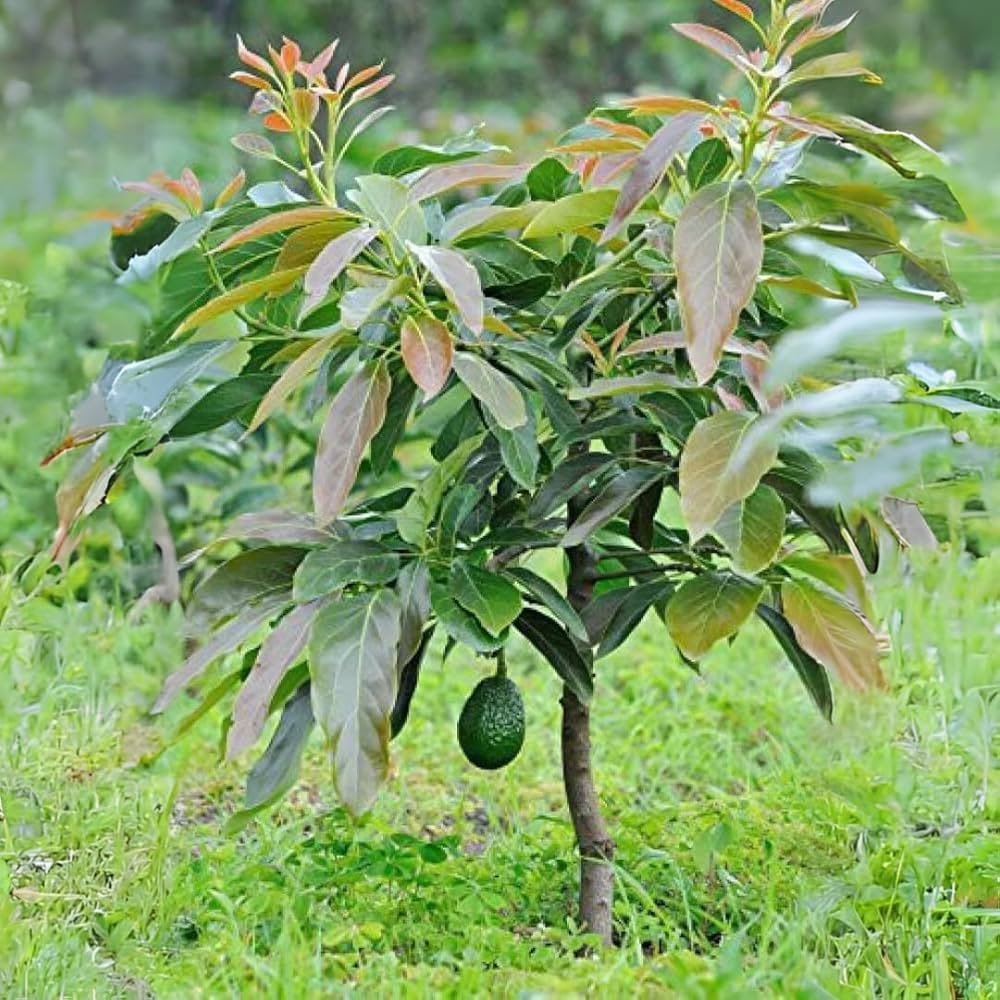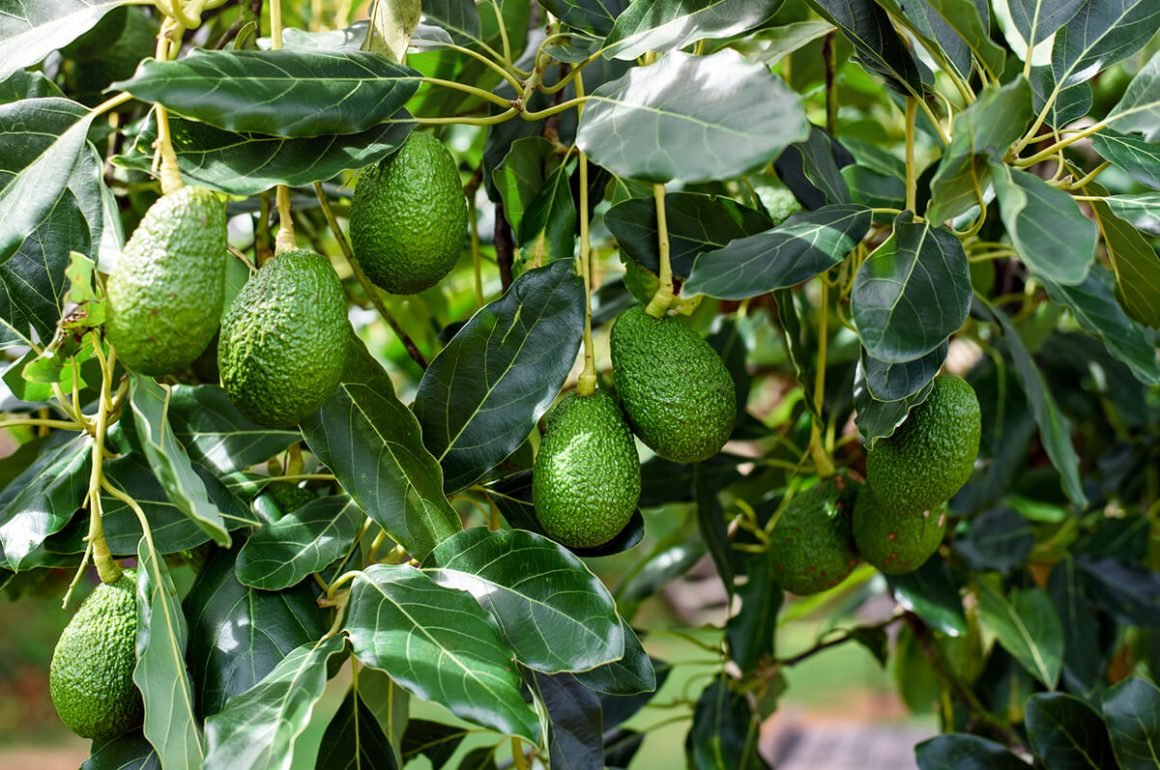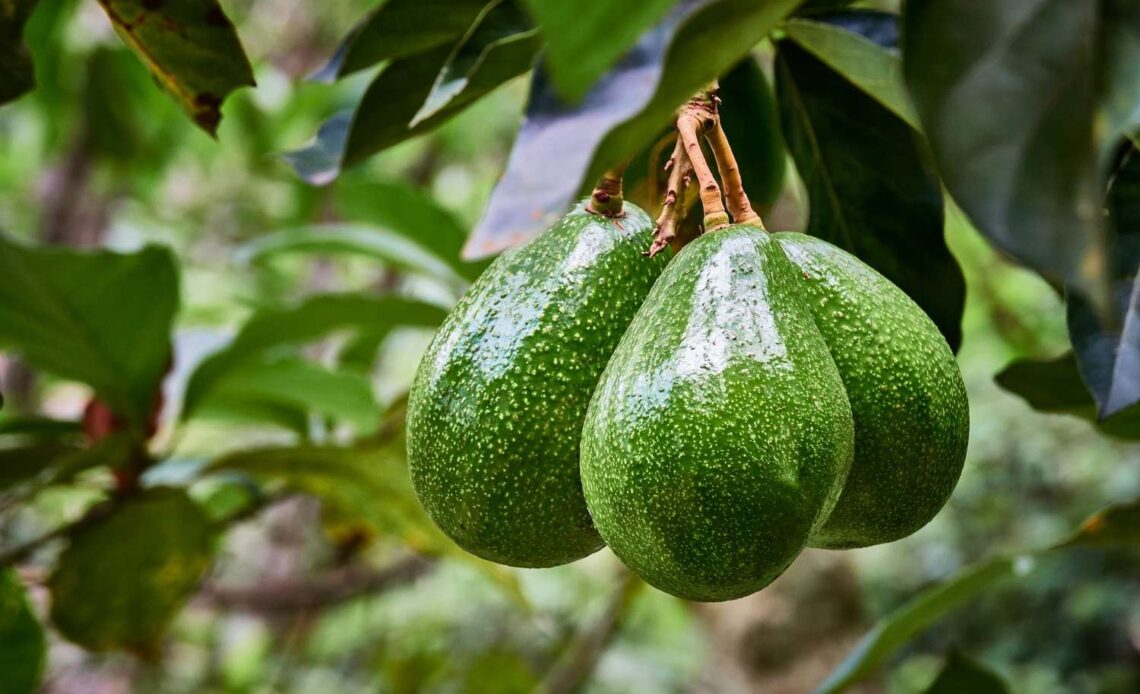Avocados have become one of the most popular superfoods in recent years. From avocado toast to guacamole, this green fruit has taken over menus worldwide. But have you ever wondered how these creamy delights make their way to your kitchen? While many people buy avocados from their local grocery stores, the process of growing avocado trees is an intriguing and complex one. In this article, we’ll take a deep dive into how farmers grow avocado trees, the steps involved, and why it’s time to stop buying avocados if you’re curious about the sustainability of the industry.

**How Farmers Grow Avocado Trees: The Basics**
Growing an avocado tree may seem simple, but it’s a delicate process that requires patience, knowledge, and the right conditions. Avocados thrive in subtropical and tropical climates with well-drained, fertile soil. Farmers begin by selecting the right variety of avocado, depending on the region and climate. The two most popular varieties are **Hass avocados**, known for their creamy texture, and **Fuerte avocados**, which are smoother and slightly milder.
Once the variety is chosen, the real work begins. Here’s a step-by-step guide to how avocado trees are grown:
1. **Starting from Seed or Grafted Trees**
Avocado trees can be grown from seeds, but it takes much longer to yield fruit this way (often up to 13 years). Most farmers prefer to use grafted trees, where a rootstock (a young, hardy tree) is grafted with the desired avocado variety. Grafting allows for faster growth and earlier fruit-bearing—usually within 3 to 4 years of planting.
2. **Planting and Spacing**
When planting avocado trees, spacing is crucial. These trees need plenty of room to spread out and grow tall, so farmers typically plant them about 10 to 15 feet apart. The soil must be well-drained to prevent root rot, which is a common issue with avocado trees.
3. **Watering and Irrigation**
Avocado trees need consistent watering, especially during dry seasons. However, overwatering can lead to root rot, so it’s important for farmers to maintain a delicate balance. Many avocado farmers use drip irrigation systems to provide the trees with the right amount of water at regular intervals. Drip irrigation helps conserve water and prevents the leaves from getting wet, reducing the risk of fungal diseases.
4. **Fertilization and Soil Health**
Fertilizing avocado trees is important for promoting healthy growth and fruit production. Farmers typically apply a balanced fertilizer with nitrogen, phosphorus, and potassium to provide essential nutrients. In addition, maintaining soil health through composting and mulching is vital to keep the roots nourished and the tree thriving.
5. **Pruning and Maintenance**
Avocado trees require regular pruning to remove dead or damaged branches and to promote airflow within the canopy. Proper pruning ensures that the tree’s energy is directed toward producing fruit, rather than unnecessary growth. Farmers also monitor the trees for pests like aphids, mites, and ants, which can harm the fruit.
**The Harvesting Process**
Harvesting avocados is an exciting and careful process. Unlike many fruits that ripen on the tree, avocados are harvested while they are still firm. Farmers typically pick avocados when they reach full size but have not yet reached their peak ripeness. They are then allowed to ripen off the tree, either in storage or during transportation.
Farmers use specialized tools to gently remove the avocados from the tree to avoid bruising the delicate fruit. Once harvested, avocados are sorted by size, quality, and ripeness, ready to be sent to markets or distributors.

**Why You Should Think Twice About Buying Avocados**
As delicious and nutritious as avocados are, there are some important sustainability and ethical concerns associated with their production. Here’s why you might want to think twice before buying avocados:
1. **Water Usage**
Avocado farming is water-intensive. One mature avocado tree can consume a significant amount of water daily, which becomes a concern in areas facing water shortages. In regions like California and Mexico, where the majority of avocados are grown, water scarcity is an ongoing issue. The amount of water required for growing avocados may contribute to environmental strain.
2. **Deforestation and Land Use**
In some regions, avocado farming has been linked to deforestation, as land is cleared for new orchards. This contributes to habitat loss and threatens local biodiversity. In countries like Mexico, which is the largest exporter of avocados, large-scale avocado farming is encroaching on forests and protected areas.
3. **Labor and Fair Trade Issues**
Like many agricultural industries, avocado farming can have labor issues, particularly in developing countries. Workers are often subjected to poor conditions and low wages, which raises concerns about fair trade practices. If you care about ethical sourcing, it’s important to support brands that ensure fair wages and working conditions for avocado farm workers.
4. **Carbon Footprint**
As avocados are primarily grown in specific regions and then transported globally, they contribute to a significant carbon footprint. The shipping process of avocados from farms in Mexico, Peru, or California to international markets increases the environmental impact of avocado consumption.
**How to Grow Your Own Avocados: A Sustainable Alternative**
Instead of buying avocados from the store, consider growing your own avocado tree at home If you live in a suitable climate, you can grow your own avocado tree and enjoy fresh fruit with less environmental impact. While growing an avocado tree requires patience, it can be a rewarding experience. All you need is a seed (or a grafted tree), sunlight, water, and the right growing conditions. If you live in a cooler climate, consider growing a dwarf avocado tree in a pot to bring it indoors during winter months.

**The Surprising Benefits of Growing Avocados Yourself**
While buying avocados from the store may be convenient, there are compelling reasons to reconsider your avocado consumption. From water usage to ethical concerns, the process of growing avocados on a commercial scale presents some challenges. However, with a bit of patience and care, you can grow your own avocado tree at home and enjoy fresh fruit sustainably. Whether you’re reducing your carbon footprint or simply learning about the fascinating process of farming, growing avocados yourself can be a rewarding and eco-friendly option.
